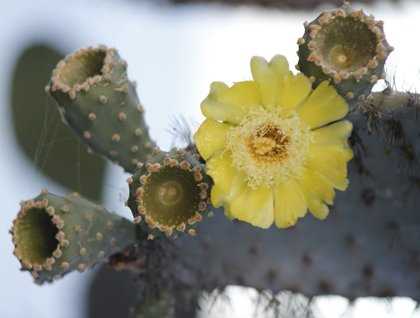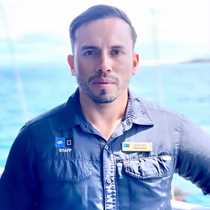Returning to civilization, we landed on the populated island of Santa Cruz. The Galapagos National Park Service headquarters and the Charles Darwin Research Station are situated on this island. Both institutions are working on conservation projects that protect the archipelago’s flora and fauna.
In the morning, we visited the Charles Darwin Research Station. Here we learned about the repopulation program carried out by the Galapagos National Park Service within its breeding center. There are more than 700 tortoises in the captive breeding program. They include adults, babies and young tortoises that will remain at the center until the age of four, when they are sent back to their home island to live in their natural environment.
Puerto Ayora is the largest town in the archipelago, with the tourist industry providing the main source of income in this economy. Here, we have elementary schools, high schools and universities for the education of the local people. Puerto Ayora is a nice, clean town and we spent some time exploring the shops and art galleries.
In the afternoon, we explored the highlands, the natural habitat of the Galapagos giant tortoises. There is a population of more than 5,000 individuals on this island, distributed across a large part of the humid zone within the greenery of Santa Cruz. As soon as we walked into the forest, we found two of them mating. On this rainy day, we spotted many giant tortoises, including females and many large males.
We also had the opportunity to do some underground exploration by hiking into a lava tube.







